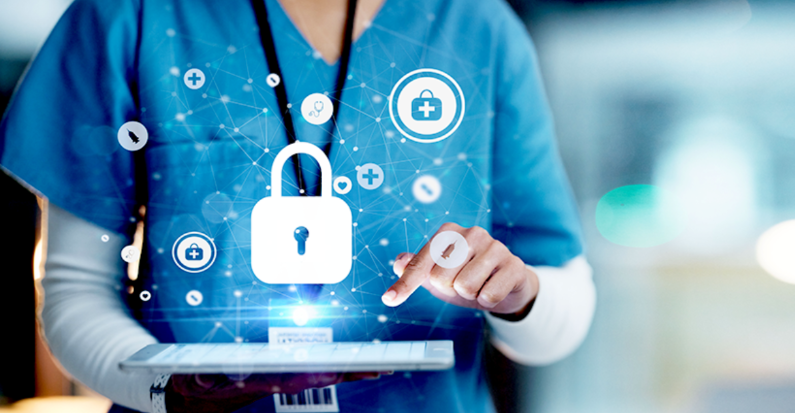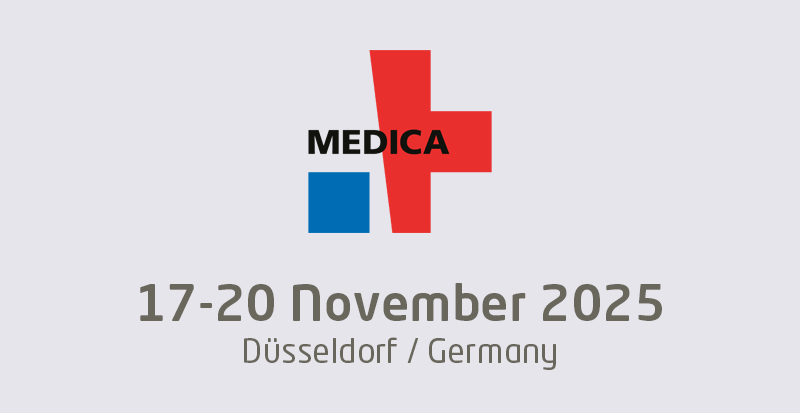Keeping Information Secure at Your Hospital
Your hospital has hundreds of records, and most if not all of them are likely to be online. It is important for you to do all you can to make sure that the personal and medical information your hospital has online remains secure. Here are a few ways to help you keep that kind of information safe.
Use Single Sign-on
Many companies use single sign-on to make accessing information easy while still keeping data secure. Single sign-on most often uses a protocol called SAML, in which the identity provider and service providers securely exchange identity information via a SAML assertion, thus eliminating the need for a user to input their password for each app. It helps protect identities and information, and it is a flexible system that can work with your existing medical software.
Keep Your Network Secure
Basic security protocols on the wireless network you use are important. If you use lots of wireless connections, say for sending messages to employees or patients, that can be a place where a security breach might happen. In addition, if patients are allowed to use Wi-Fi services while waiting for appointments, that adds quite a few more connections. Be sure to use medical software or programs that automatically update the security of your wireless system. Have a plan in place to add employees to security protocols when you hire new people and remove them when someone no longer works for your hospital.
Something that people may not often consider is the need to keep software up to date. If you don’t have an IT team that stays up on everything, you will need to be sure to update your system regularly so that it is functioning the way you expect.
Be Aware of What Data Is Confidential
There is usually quite a bit of data in the medical history of any patient. Whether it’s as simple as an address and phone number or as complex as clinical notes and ID numbers for certain diagnoses, it’s all important. Having safeguards in place to protect the information is required by law. Working with IT specialists who understand medical software for record-keeping and other needs is critical to maintaining confidentiality.
Understand Where Data Travels
Knowing more about the software you use and where the information goes and is accessed is the first step to keeping that access under control. People use a number of different devices to access information, including phones, laptops and desktop computers. Make sure that all devices with access to the medical information in your hospital have the capability of being secured when working with your software.
You may need to require all employees to only use company laptops or tablets rather than mobile phones when mobility is necessary to access information. Some software packages allow for a certain number of devices that can be registered in the system. If you know which computers are accessing information and what they are doing with it, whether sending or receiving it, you can have safety protocols put in place.
Keep Track of Access
As with any type of electronic information, medical information is accessed by a number of individuals as it moves along necessary paths for diagnoses, testing, medication and billing. Working with software that limits that access to those who need it only when it is needed can be a critical step in protecting information. It can take time to make sure that every device that accesses the medical data is being properly registered and safeguarded. Security software can help you make decisions on how to provide access and when to limit it.
Maintain a Training Schedule
Whether you get new software or hire new employees, having a training protocol will help keep things secure. As things in the digital world improve and change, employees will need additional training. You may also need to train clinicians to recognize possible problems to help you catch a data breach before it becomes a big problem.
While there are lots of factors to consider, there is security software that can help you keep your hospital’s medical information safe.

























